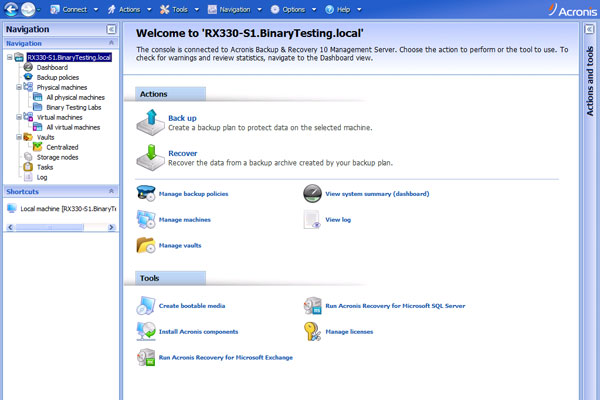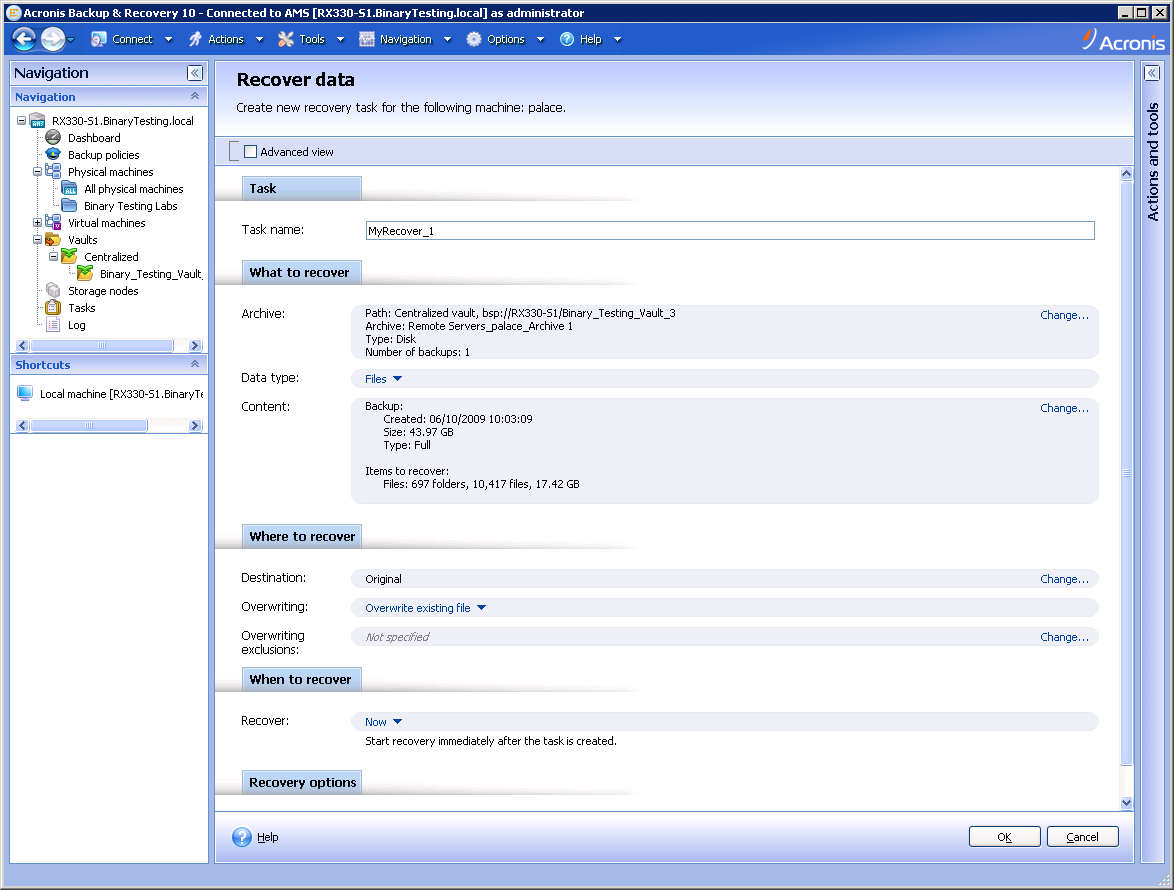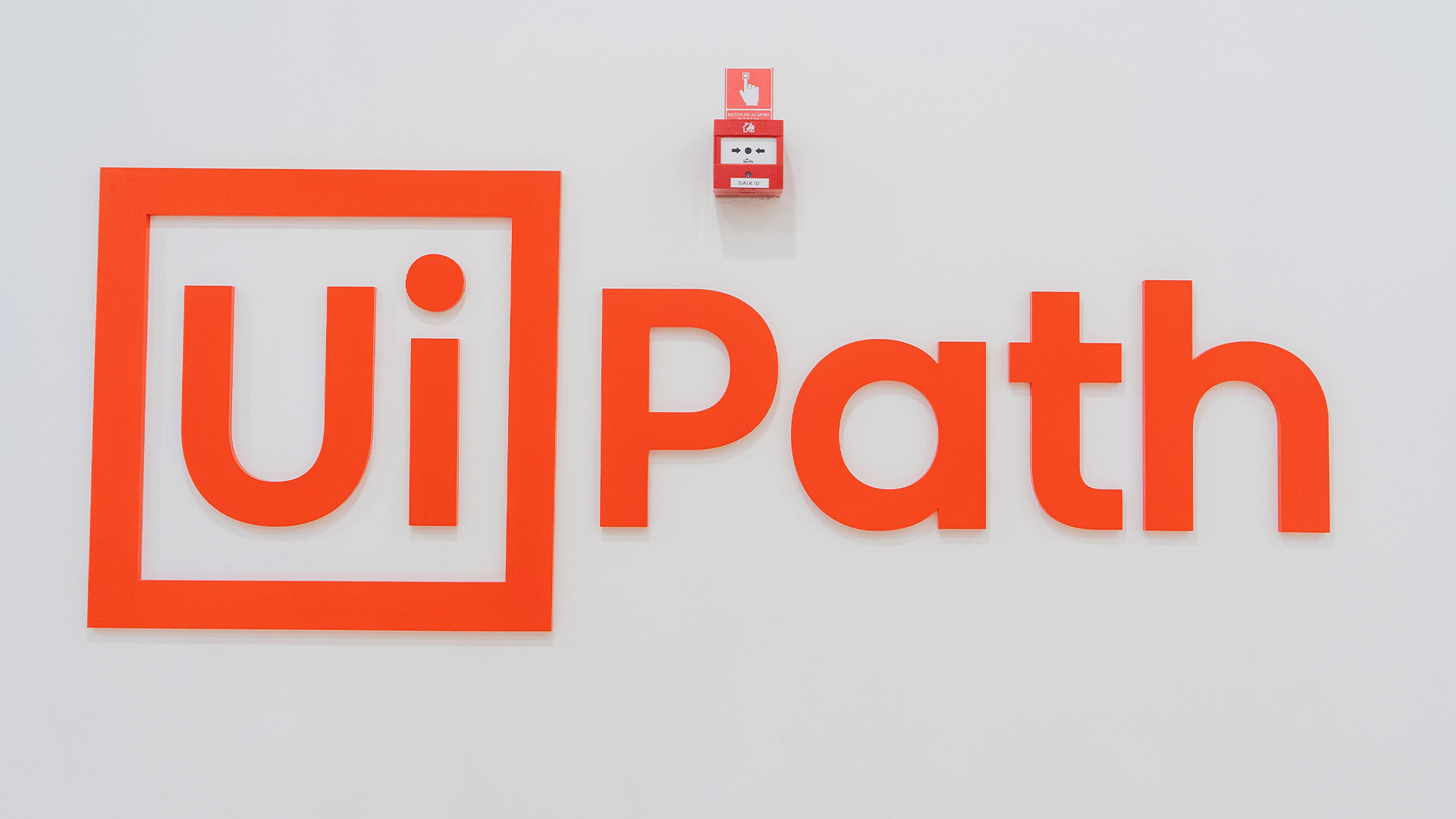Acronis Backup & Recovery 10 Advanced Server review
Acronis delivers plenty of features with its new server imaging software and adds data deduplication as an option. It’s a highly popular technology but has Acronis got it right?

Acronis is one of the best disk imaging products around and this latest version offers a fine selection of server data backup and recovery tools all easily accessible from a central management console. However, we were not impressed with the optional data deduplication feature. Although it returned good storage saving ratios, the extremely poor indexing performance makes it highly unsuited to large businesses whose data changes at a rapid rate.

This wasn't an issue with our data rate change test as each incremental copied 1.8GB of new data and the corresponding indexing task took around five minutes. However, for the 44GB backup of the remote server, the subsequent indexing job took an unbelievable 17 hours for an average speed of 2.6GB/hour.
The biggest problem with these indexing tasks is they lock the vault while they are running so you can't access the data held within. This means you can't run further backups to that archive or recover data or volumes from it when an indexing job is running.
We discussed this at length with Acronis and it suggested placing the vault on one hard disk and the index database on another. We tried this on the test server but found performance of the indexing task for the remote server backup didn't improve at all.

File, folder and volume recovery tasks for specific systems can be run swiftly from the main management console.
There's no denying Backup & Recovery 10 delivers an impressive range of backup, restore and disaster recovery features along with good centralised management. However, if it's deduplication you're after we suggest checking out ARCserve r12.5 as CA includes it as standard and it's a lot more efficient with large amounts of backup data.
Verdict
Acronis is one of the best disk imaging products around and this latest version offers a fine selection of server data backup and recovery tools all easily accessible from a central management console. However, we were not impressed with the optional data deduplication feature. Although it returned good storage saving ratios, the extremely poor indexing performance makes it highly unsuited to large businesses whose data changes at a rapid rate.
OS: Windows 2000 Server SP4 upwards, Linux distribution support includes Red Hat Enterprise 4/5; CentOS 4/5; Fedora 9/10; Ubuntu 8.10/9.04; Debian 4 and OpenSUSE 11
Sign up today and you will receive a free copy of our Future Focus 2025 report - the leading guidance on AI, cybersecurity and other IT challenges as per 700+ senior executives
Dave is an IT consultant and freelance journalist specialising in hands-on reviews of computer networking products covering all market sectors from small businesses to enterprises. Founder of Binary Testing Ltd – the UK’s premier independent network testing laboratory - Dave has over 45 years of experience in the IT industry.
Dave has produced many thousands of in-depth business networking product reviews from his lab which have been reproduced globally. Writing for ITPro and its sister title, PC Pro, he covers all areas of business IT infrastructure, including servers, storage, network security, data protection, cloud, infrastructure and services.
-
 Salesforce targets better data, simpler licensing to spur Agentforce adoption – and its acquisition of Informatica is key
Salesforce targets better data, simpler licensing to spur Agentforce adoption – and its acquisition of Informatica is keyNews The combination of Agentforce 360, Data 360, and Informatica is more context for enterprise AI than ever before
By Rory Bathgate Published
-
 UiPath partners with Veeva to streamline application testing and validation
UiPath partners with Veeva to streamline application testing and validationNews UiPath has joined the Veeva AI partner program, pairing the software vendor’s agentic testing capabilities with Veeva Validation Management
By Daniel Todd Published
-
 Snowflake inks $200m deal with Anthropic to drive ‘Agentic AI’ in the enterprise
Snowflake inks $200m deal with Anthropic to drive ‘Agentic AI’ in the enterpriseNews The data cloud giant deepens its alliance with the AI research firm, integrating Claude models to power autonomous agents for more than 12,000 global customers
By Rene Millman Published
